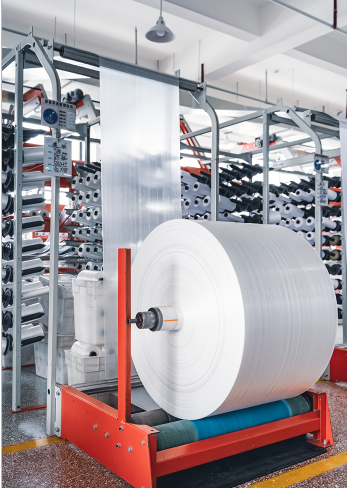
The best bulk bag unloading system ensures safety, efficiency, and material flow control, making it essential for handling super sacks across industrial processes.
Whether you’re unloading powders, granules, or specialty ingredients, the right solution prevents waste, reduces downtime, and protects operators and equipment.
This guide explores the key factors to consider when selecting a bulk bag unloading system, the role of specialized components like supersack unloaders and handling equipment, and how the system adapts to the volume of a super sack and your operational layout.
Industrial environments that rely on bulk bags (also known as FIBCs or super sacks) need a dependable and well-matched unloading setup.
Choosing an inadequate system leads to spillage, material degradation, and increased operational risk.
The proper bulk bag unloading station should support your throughput, bag dimensions, flow characteristics, and safety protocols.
For example, the volume of a super sack can range between 1,000 to 2,000 kg or more.
Without the right bulk bag unloaders, operators struggle to maintain consistent flow and avoid exposure to airborne dust or spillage.
That’s why selecting the right system isn’t just about convenience—it’s about performance and safety.
The type of material you’re unloading directly influences the system you need. Consider:
If you’re unloading powders that clump or bridge, you’ll benefit from systems with agitation mechanisms or vibration.
On the other hand, if you’re working with granules or pellets, a simpler bulk bag unloading station with gravity flow may suffice.
The super sack bag dimensions play a vital role in system compatibility.
Standard FIBCs may vary in width, height, and spout diameter.
Bulk bag unloading systems must accommodate:
Using adjustable frames or telescoping columns allows the system to adapt to multiple bag sizes, minimizing the need for equipment changes.
A typical super sack has a volume ranging from 35 to 70 cubic feet (1 to 2 cubic meters), depending on the product and bag design.
Knowing the volume of a super sack helps in determining:
If your operations deal with high throughput, a system that accommodates full bag emptying without interruption is ideal.
Larger hoppers and continuous feed mechanisms help maintain production without frequent pauses.
A supersack unloader is the heart of any efficient unloading system.
These unloaders are designed to suspend the bag, control flow, and handle various discharge rates.
When evaluating a supersack unloader, consider:
These features collectively improve unloading precision and reduce manual handling—protecting both your workforce and product integrity.
Super sack handling equipment includes all the auxiliary tools used alongside the unloader, such as:
The goal is to create a seamless system from lifting to discharge. If you’re handling food-grade materials, make sure all equipment is FDA-compliant and easy to clean.
Safety is crucial in every bulk bag unloading system. Common risks include falling bags, dust inhalation, and operator strain.
Here’s how to mitigate them:
A well-designed system minimizes human error and keeps your team safe during high-volume operations.
Space constraints, material types, and bag variability all impact the final design.
Depending on your layout, you may choose between:
Customization matters, especially when working with different products or evolving production lines. Many suppliers provide modular systems that can grow with your operation.
Using manual methods to unload bulk bags is time-consuming and potentially unsafe.
In contrast, automated bulk bag unloaders:
While the upfront cost may be higher, the long-term ROI makes automated unloaders a smart investment for manufacturers and processors of all sizes.
To extend the life of your bulk bag unloading system, implement a routine maintenance plan. This includes:
Preventive maintenance ensures uptime and protects your capital investment in bulk bag unloading equipment.
When selecting the ideal unloading solution, consider the following:
Careful planning ensures a cost-effective system that delivers the reliability and control your process demands.
At the heart of every efficient unloading system is a dependable bulk bag—and that’s where XIFA comes in.
We produce high-strength, customizable super sacks designed for seamless integration with your super sack handling equipment.
From food-grade solutions to industrial applications, our woven bags are tailored for durability, safety, and efficiency.
At XIFA, we don’t just sell bags—we engineer packaging solutions.
We are a wholesale-only manufacturer and welcome inquiries from businesses seeking reliable, high-volume supply with integrity and quality at the forefront. Contact us today!




